THE MODERN MINUTEMAN Volume 23, March 2025
Introducing the Citizen Ranger Handbook, the Browning Hi-Power, and more...
The Browning Hi-Power
The Browning Hi-Power is one of the most revered pistols of all time. This ground-breaking firearm was originally designed by John M. Browning and perfected in the years following his death by his protege, Fabrique Nationale’s (FN) prolific designer, Dieudonne Saive. The Hi-Power has proven itself around the world in the hands of law enforcement, military, special operations forces and law-abiding citizens.
The infamous Browning Hi-Power has seen service from WWII all the way through the recent Iraqi/Afghanistan wars. Originally requested by the French Military for a new service pistol, FN commissioned John Browning to design this firearm per the French specifications. Browning had already sold his to his M1911 to Colt and was therefore forced to design an entirely new firearm while working around the original 1911 patents. Browning ended up designing 2 prototype pistols, one was a simple blowback design, while the other was operated with a locked-breech recoil system. Both prototypes utilised the new staggered magazine design (by designer Dieudonné Saive) to increase capacity without unduly increasing the pistol's grip size or magazine length.
Unfortunately, Browning passed away in 1926 but in 1928 the original 1911 patents expired which allowed Dieudonné Saive to integrated many of the Colt's previously patented features into the Saive-Browning Model of that same year. This version now featured the removable barrel bushing and take down sequence of the Colt 1911.
By 1931, the Browning Hi-Power design incorporated the same 13-round magazine, a curved rear grip strap, and a barrel bushing that was integral to the slide assembly. The Belgian Army showed a definite interest and bought 1,000 pistols based on this prototype for field trials.
By 1934, the Hi-Power design was complete and ready to be produced. Ultimately, France decided not to adopt the pistol, instead selecting the conceptually similar but lower-capacity Modèle 1935 pistol. However, it was good enough to stand on its own as a service pistol for the Belgian Army and other clients. These would become the Grande Puissance, known as the High Power, in Belgium for military service in 1935 as the Browning P-35.
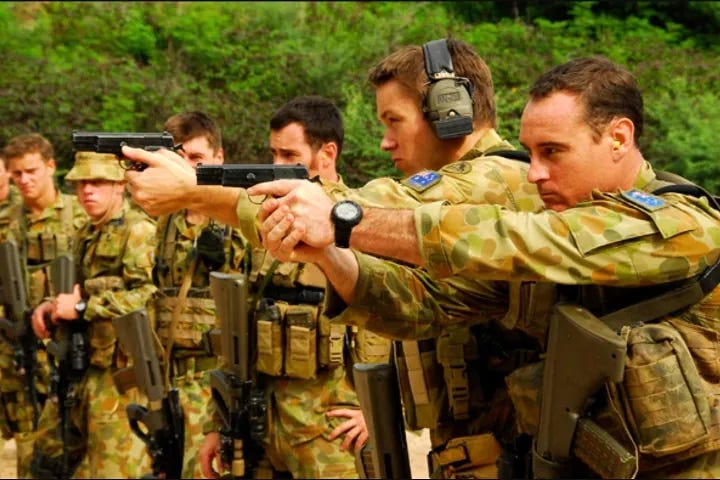
The Browning Hi-Power had been adopted as the standard service pistol by well over 50 armies in 93 countries. The Browning Hi-Power probably had more users than any other pistol in history, often being a part of the armament for both sides of the conflict. Nazis used it after they occupied Belgium in 1940. British SAS soldiers had Browning Hi-Powers since WW2 and used it all the way through some of their most famous operations, only recently have they replaced it with the Sig P226 and Glock 17. At one time, most NATO nations used it, and it was standard issue to forces throughout the British Commonwealth. The Browning Hi-Power was procured by the CIA for MACV-SOG Reconnaissance Teams in Vietnam and served as a main sidearm in Israeli Special Forces. It even made an appearance as James Bonds sidearm in “Casino Royale” and “No Time To Die”. Saddam Hussein carried one in public, and when Libyan dictator Muammar Gaddafi died, a golden Hi-Power was found next to his body. A Browning Hi-Power was even used by Mehmet Ali Agca during the assassination attempt of Pope John Paul II in 1981.
Unfortunately, the Browning Hi-Power was discontinued in 2018 with a few clone versions popping up in the years afterwards. Then in 2022 FN announced the return of the Hi-Power with many notable improvements to help the name carry on into todays modern shooter.
*Special thanks to information provided by The Firearm Blog, Wikipedia, Elite UK Forces, and Commando Bond
Looking for training opportunities, Check out the training courses offered by Grunt Proof…
Be More “Frontiersman”, Less “Operator”…
(Bear with me as I ramble on with some out loud thoughts)
“What are you talking about Jay, what does this even mean?” So let’s first put together a rough definition of this concept…
The Frontier Spirit embodies key American values such as individualism, self-reliance, and optimism about personal success through hard work. As settlers moved westward, they faced numerous challenges but believed that perseverance would lead to a better life.
The Frontiersman, Minuteman, and the Mountain Man all have very similar attributes, philosophies, values, and outlooks on life. I think a lot can be learned by us today by taking to learn many of the old ways of our ancestors. Many self professed “Minutemen” today seem to be heavily focused on the “Operator” version instead of the “Frontiersman” variant of a fighting man or warrior. If we look back at our roots, one of the very American things was pushing into the unknown, heading off into the wild frontiers of the American heartland, into the plains, across the mountains, and then on to the west coast. Many of these “Frontiersman” had fought during the Revolutionary War, the War of 1812, and even the American Civil War. Many pushed on after the wars to find better lives for themselves and their families, to explore new opportunities, or to even seek peace and solitude from the ever crowded east coast. A common unifier was the belief that their perseverance would lead to a better life.
Enroute to this life meant learning many different skill sets. Hunting, trapping, growing, building, trading, and much more. True “Jack of all trades” type of men. Much of these skills were learned by trial and error, and if one was lucky, through a mentorship of some sort. Much similar to the approach to the Modern Minuteman today.
But somewhere along the way we decided we needed to become “Operators” and everything had to be “tactical”.
Now, saying this is not a knock on real life Operators/Special Forces types. You guys are a rare breed that have a special calling in life, and I commend you on making those life decisions to do it. But more this is directed to my fellow civilians. Is it fun training in kit out in the field, hell yeah it is. But not everything is high speed, in fact most of it is relatively low speed stuff. The insane focus on CQB techniques and flat range theatrics (I mean you guys and your internet chat rooms critiquing other dudes setups and footwork is akin to guys watching NFL games and then watching hours worth of replays armchair quarterbacking Sundays games), matching camo patterns, arguing about the best brand of boots, and even worse commenting (and not even good comments) on other guys videos of themselves out in the field while you’re sitting in the comforts of your own home nursing your hangover from binge watching the aforementioned NFL games is cringy at best and unproductive to the greater community.
“Where you going with this Jay?”
I guess my point is that I would like to see our focus be much more well rounded and diverse. We need to be more “Frontiersman” in our approach and skill sets and less “Operator” focused. All this time and energy on the tactical side of things should be complemented with equal (if not greater focus) on learning all the other skills. Let’s make fieldcraft, hunting, tracking, growing, building, and more cool again.
Citizen Manual 6 (CM-6), Citizen Ranger Handbook from The Professional Citizen Project
The audience for this reference is an individual who has read and understands the CM-1, CM-2 and is familiar with the standard Army Ranger Handbook.
The CM-6 is a reference manual for the individual who wants the Ranger Handbook but without much of the unnecessary content (artillery planning, helicopter operations etc). and adding more detail on urban operations, organization, and planning. This manual uses the current Ranger Handbook as the base and carries much of the content forward, so you must be well versed in the tactical and technical skills in the previous CM manuals, especially the CM-1 and CM-2.
About the authors…
Mark Robinson is the pen name of a former (recently retired) Army Ranger senior NCO. Mark was a trusted advisor and contributor during the writing process as a second set of eyes to make sure we were tactically sound for the intended audience of the work. This would not have been possible without him and his expertise and all his contributions.
Jack Morris is a former US Army light Infantry Scout, maneuver and reconnaissance trainer, and leader development expert. Jack has led small recon teams, squads, platoons, and companies. He is an experienced doctrine writer (leadership and maneuver warfare) and has years of accumulated time at maneuver battalions, brigades, and heavy divisions as an operations officer. Jack is instrumental to the development of the Pro Citizen series of manuals and is leading the team's efforts to build and publish the Pro Citizen series references.
Over 350 pages of easy to use, relevant tactical and technical information in a 5.5 x 8.5 inch package; the perfect ruck, cargo pocket, or bookshelf size.
Black and white or color versions are available. Both include graphs, images and select report formats
Shop all of the manuals from The Professional Citizen Project here:
Links to items in the classified section:
-Prepared Citizens Training Group Minuteman IFAK
-The Professional Citizen Project
New way to support The Modern Minuteman…
If you enjoy our content and would like to support it, please consider buying me a cup of coffee or a beer by donating via PayPal…






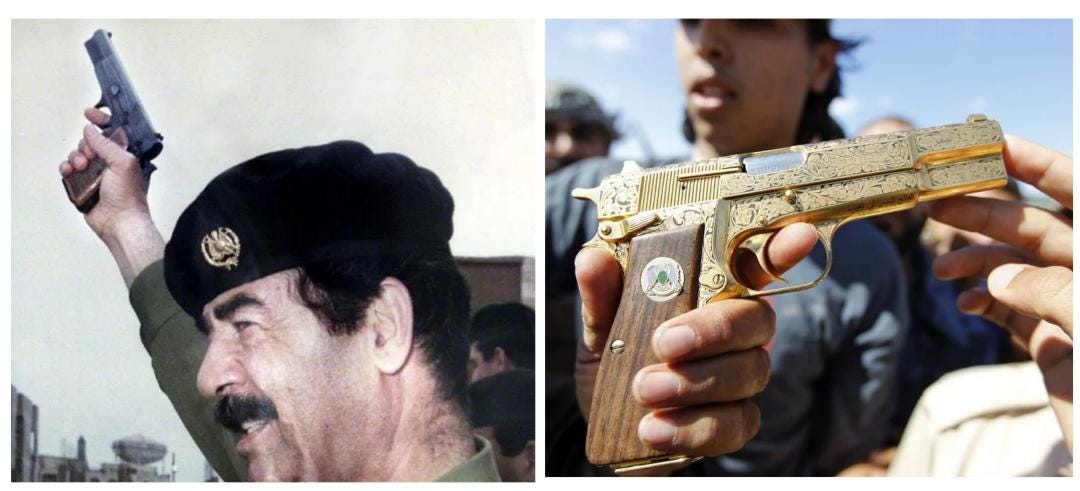
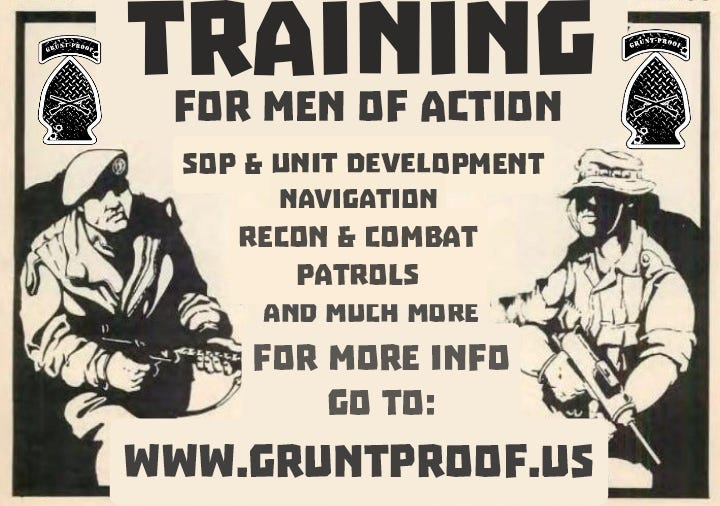
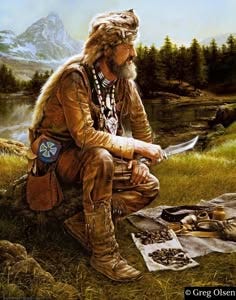
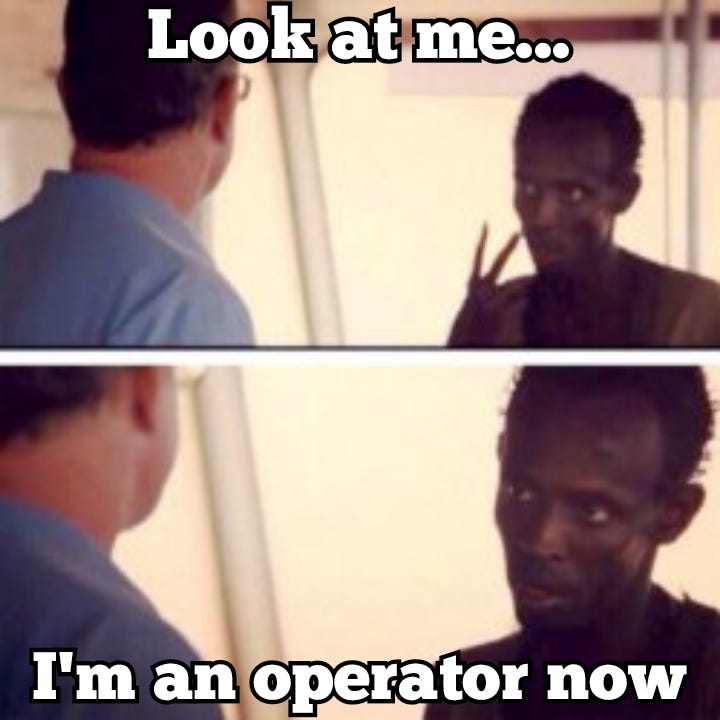

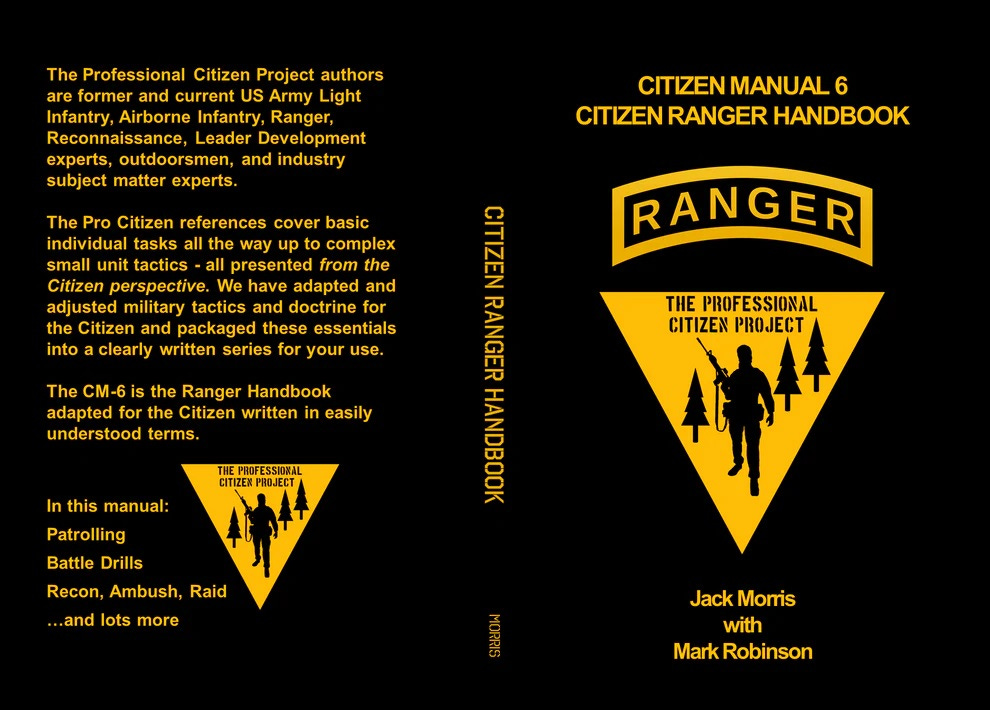
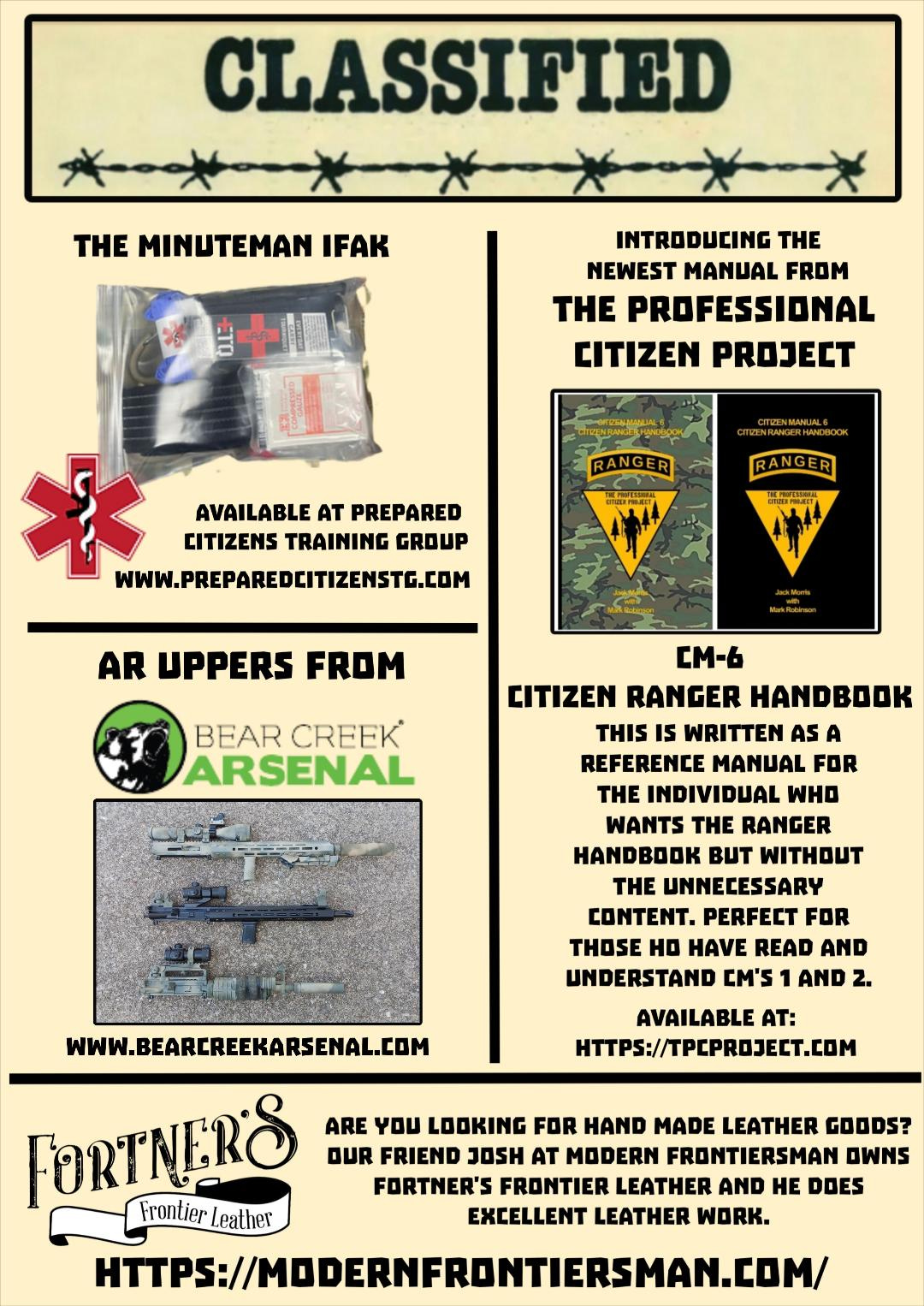

Couldn't agree more that a lot of people would do well to shift their focus away from the "operator" mindset. Remember that the guerilla is always covert! Blending in, staying within your cover, hiding your intentions and capabilities until a time of your choosing are skills that will keep you "operating" far longer than more reps clearing rooms in full kit will. (Or just posting about it on line) Get out in the woods, hunt, bring the kids!